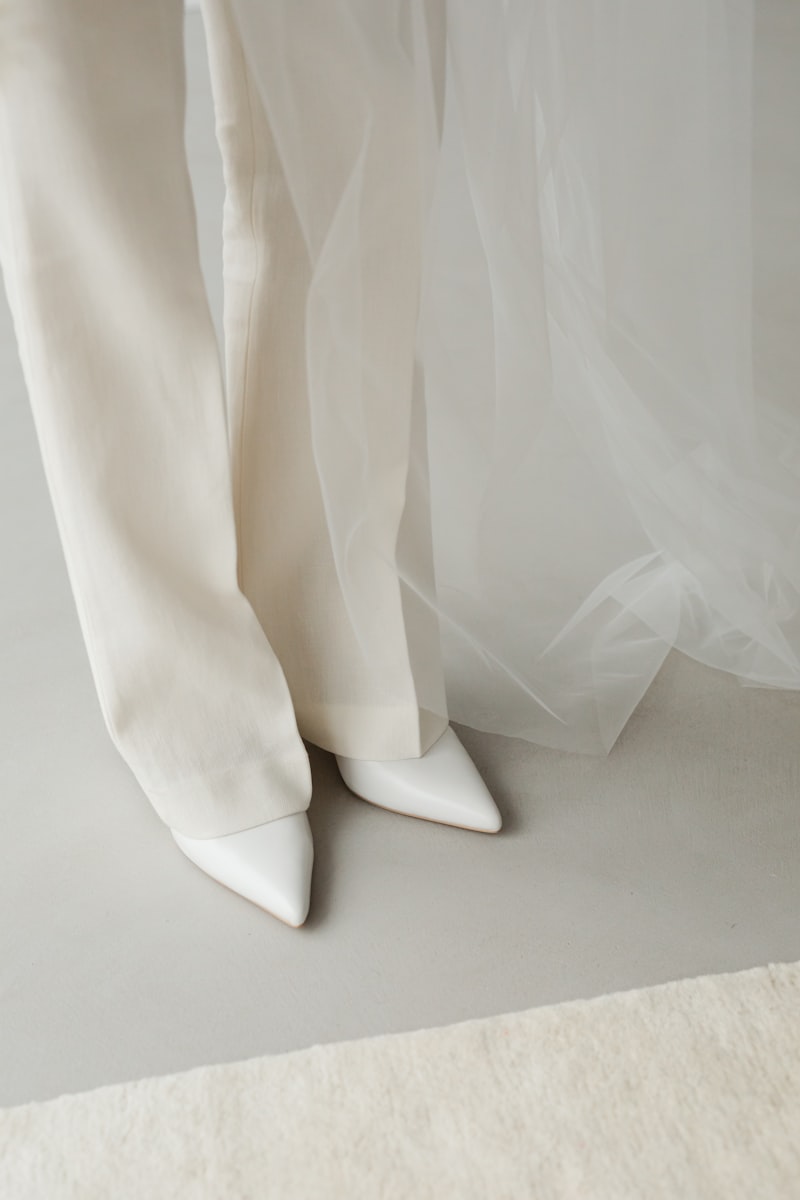The Role of Fabrics in Enhancing Bridal Beauty
The Role of Fabrics in Enhancing Bridal Beauty
The bridal gown is one of the most important elements on a wedding day, often embodying a bride’s personality and style. To enhance bridal beauty, the choice of fabric plays a crucial role. In this article, we will explore different types of fabrics used in bridal wear, their characteristics, and how they contribute to the overall aesthetic and comfort of the bride on her special day.
Why Fabrics Matter in Bridal Wear
The fabric of a wedding dress can dramatically influence its look, feel, and how it complements the bride. Weddings often involve various themes, venues, and seasons, making fabric selection a pivotal part of bridal fashion. Choosing the right fabric not only affects the dress's silhouette and style but also provides comfort, breathability, and movement, which are essential for a long day of celebration.
Types of Fabrics Commonly Used in Bridal Gowns
| Fabric Type | Characteristics | Ideal For |
| Satin | Glossy finish, luxurious feel, drapes beautifully | Formal weddings, evening ceremonies |
| Chiffon | Lightweight, sheer, flowing | Beach weddings, outdoor ceremonies |
| Lace | Textured, intricate patterns, often layered | Vintage themes, romantic styles |
| Tulle | Lightweight, airy, creates volume | Ball gowns, fairy-tale looks |
| Silk | Soft, smooth, luxurious | Classic styles, high-end weddings |
Each of these fabrics has its unique appeal and can be combined to create breathtaking bridal gowns. Understanding the properties of each fabric will help a bride make a more informed decision that aligns with her vision for her wedding day.
The Impact of Fabric on Bridal Silhouettes
The silhouette of a wedding dress is often defined by the fabric used. For example, satin’s weight can create a more structured and classic look, whereas chiffon allows for a softer silhouette that moves elegantly with the bride. Styles like A-line, ball gown, and mermaid cuts can all be enhanced or diminished based on the chosen fabric.

1. Satin: The Classic Choice
Satin is a timeless fabric that offers a luxurious finish and feel. It reflects light beautifully, which can make brides glow on their big day. This fabric is often used for traditional wedding dresses and is perfect for formal settings. Dresses made from satin often feature rich embellishments and intricate detailing that add to the grandeur of the gown.
2. Chiffon: The Ethereal Delight
Chiffon is famous for its lightweight and airy qualities, making it ideal for outdoor and beach weddings. This fabric can create a dreamy, floaty look, often seen in flowing A-line dresses or soft, ethereal styles. Chiffon also pairs well with lace, allowing brides to layer different textures and create unique designs.
3. Lace: The Romantic Touch
Lace is synonymous with romance. Often used as an overlay, lace adds texture and intricate detailing that can make a simple gown feel special. It’s a popular fabric choice for vintage-themed weddings and can create a delicate yet classic look. Incorporating lace into a gown often requires a layer or two of other fabrics underneath to provide structure and support.
4. Tulle: The Volume Booster
Tulle is ideal for brides looking to achieve a whimsical, fairy-tale look. Its sheer and airy nature allows for creating fuller skirts that puff out, adding volume and drama to any dress. Tulle has become popular in ball gowns where volume is a desired feature. It can also be layered over other fabrics for a more textured look.
5. Silk: The Luxurious Option
Silk is a fabric reserved for luxury. Its luster and soft feel make it a favorite among brides attending upscale weddings. A silk gown flows beautifully and can create stunning silhouettes that hug the body in all the right places. Its versatility allows it to be used in various styles from fitted to flowing skirts.
Color and Fabric Combinations
Color choices in bridal wear have evolved significantly over the years. While white and ivory remain classic selections, many brides are now opting for pastel shades, bold colors, or patterns. The fabric choice should always complement the color and the overall theme of the wedding. For example, a pastel chiffon dress can evoke a sense of lightness and calm, while a bold satin gown can exude luxury and drama.
Comfort: An Essential Consideration
While aesthetics are crucial, comfort cannot be overlooked when choosing bridal fabrics. A bride should be able to move freely, dance, and enjoy her day without feeling restricted by her dress. Lightweight fabrics like chiffon and tulle offer breathability, while heavier fabrics like satin and silk require careful consideration regarding the wedding venue and weather conditions. It is essential to try on various styles to see how each fabric feels when moving.
Conclusion: Choosing the Right Fabric
In summary, the role of fabrics in enhancing bridal beauty cannot be overstated. With various options available, brides can select fabrics that reflect their personal style and contribute to their overall comfort on their big day. Whether opting for elegant satin, whimsical chiffon, romantic lace, voluminous tulle, or luxurious silk, each choice plays a vital role in the bridal experience.
When choosing fabrics, consider the wedding venue and season, your personal comfort, and the overall wedding theme. Don’t hesitate to experiment with fabric combinations to find the perfect match for your gown. Be open to the unique qualities that each fabric brings, and remember that the ultimate goal is to feel beautiful and confident on your wedding day.
Ultimately, understanding the role of fabrics allows brides to enhance their beauty, make informed decisions, and feel wonderful as they embark on this beautiful journey called marriage.
